During my years in school, I participated in the then very new First LEGO League. My brother and me were joining an already existing team, called the “SAP Nemo Kids” (SAP being the Sponsor of the Tournament at our location) and it immediately caught me by full force. This contest consists of multiple disciplines. While the Robot Game is probably well known, there is also the Core Values, which we just called Teamwork. In addition the Robot Design judges design and implementation of the Robot itself. And finally, there is also the Project, which is held in the spirit of the yearly theme. In this discipline, a team will prepare a short talk on a topic which was previously researched.
Robot Game and Robot Design
The Robot Game is completed with a previously built robot that needs to operate on a given playing field. Different tasks are scattered around and waiting to be completed. In the early days, the maximum amount of points that one can score was 400. Afterwards it was changed to a system where the maximum amount of points was almost not achievable which means that teams need to choose their tasks. A simple task might consist of getting some object from the field and placing it back in your home base while another one might require you to trigger certain mechanisms or reorder objects in a particular manner. Sometimes it may also yield points if your robot ends up in a particular place when the time has stopped.
The Robot Design is separate to the Robot Game and focuses on explaining the engineering principles and programming techniques which were being used in designing, prototyping and building the robot. This discipline did often come as an afterthought after having built a robot which was working. But during my time, there were already some other teams which prepared for this part of the competition.
As a kid myself, we were not really thinking about any intricate design techniques and even the judges would not really ask such deep questions. It was a really relaxed and sometimes even meditating process of try-and-error. As most of my teammates, I was (and still am) really passionate about playing with LEGO. Children do not think about the implications of their efforts, but the process of building a working robot which can actually solve tasks on the playing field already teaches a great amount of engineering and problem-solving techniques.
Teamwork
The teamwork discipline usually involved a task which the team needed to solve together. As the name suggests, the outcome of the task would not matter too much, but the process of trying to solve it will be judged. For our team, this meant to make sure that everyone could participate equally and every voice would be heard. As an example, we once had to the following task: The team was split into two groups. One member of group 1 is blindfolded while group 2 is presented a tower built from wood blocks of different shapes. After a certain time period, the tower is hidden again. The teams cannot see each other. The goal is now to communicate from group 1 to 2 on how to built the tower. Team members of group 2 who are not blindfolded may see and help the member who is blind but may not touch any blocks. They also do not know the original tower structure. An interesting dynamic emerges between team members as multiple objectives need to be taken care of: 1. Remember how the original tower was designed 2. Communicate with each other frequently which are the next steps 3. Help the team member who is actually building the tower.
Project Presentation
The Project was almost as large of a task as the Robot Game. Every year, a new theme would be announced and groups would decide individually to choose a problem which was in the greater context of the theme. This problem should then be researched, solutions found, presented to the people responsible and finally presented again at the tournament. If you are a creative person and maybe not so inclined to fiddle with robots and play LEGO all day, this is the category which is ideal for you.
The research project can involve any topic as long as it was sensibly related to the theme of the current year. For example, we chose to make our way to school more safe for bikes in the year 2009 with topic “Smart Move” (see picture below).
Best Memories
One of the best memories of this time was in the year 2009 (Smart Move) when we managed to win our home-competition and were thus allowed to proceed to the next levels. And since our competition was among the biggest in Europe, we went on to score very well in the following events thus enabling us to take part in the European finals in Istanbul. The flight costs of the core team were generously sponsored by SAP.
It is not by accident that you will find me smiling a lot in the pictures below. The whole journey and even the years before that were a great experience and lots of fun. I believe that we as a team truly embodied the spirit of the competition and have all benefited from the event.

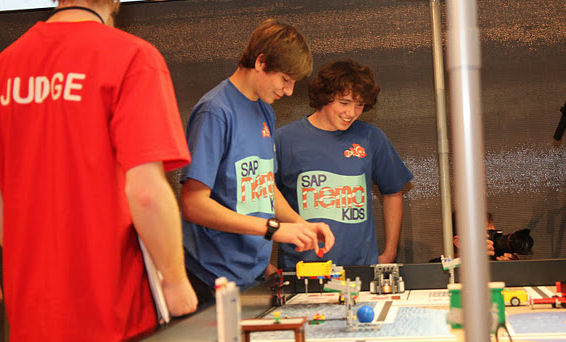
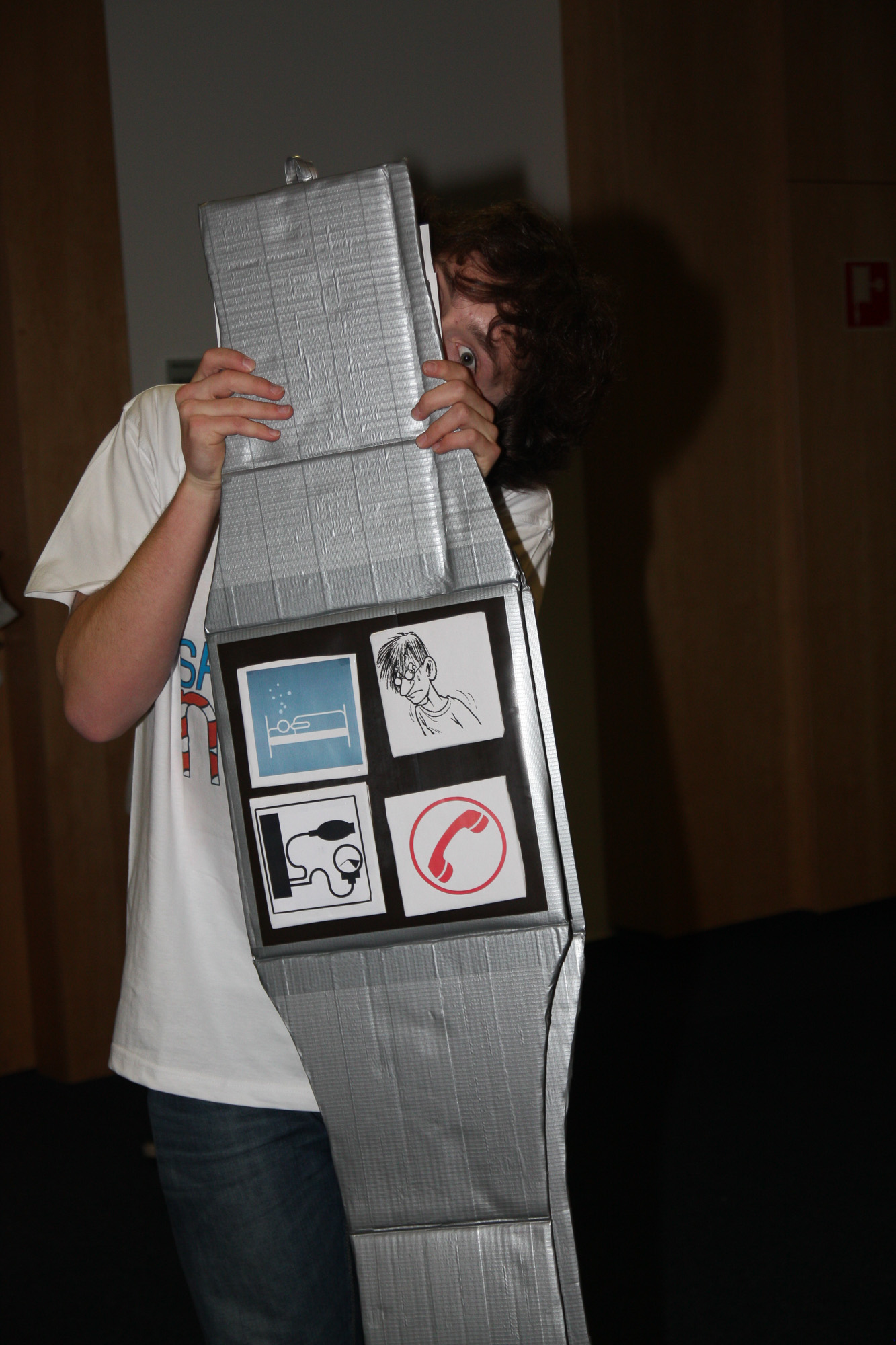
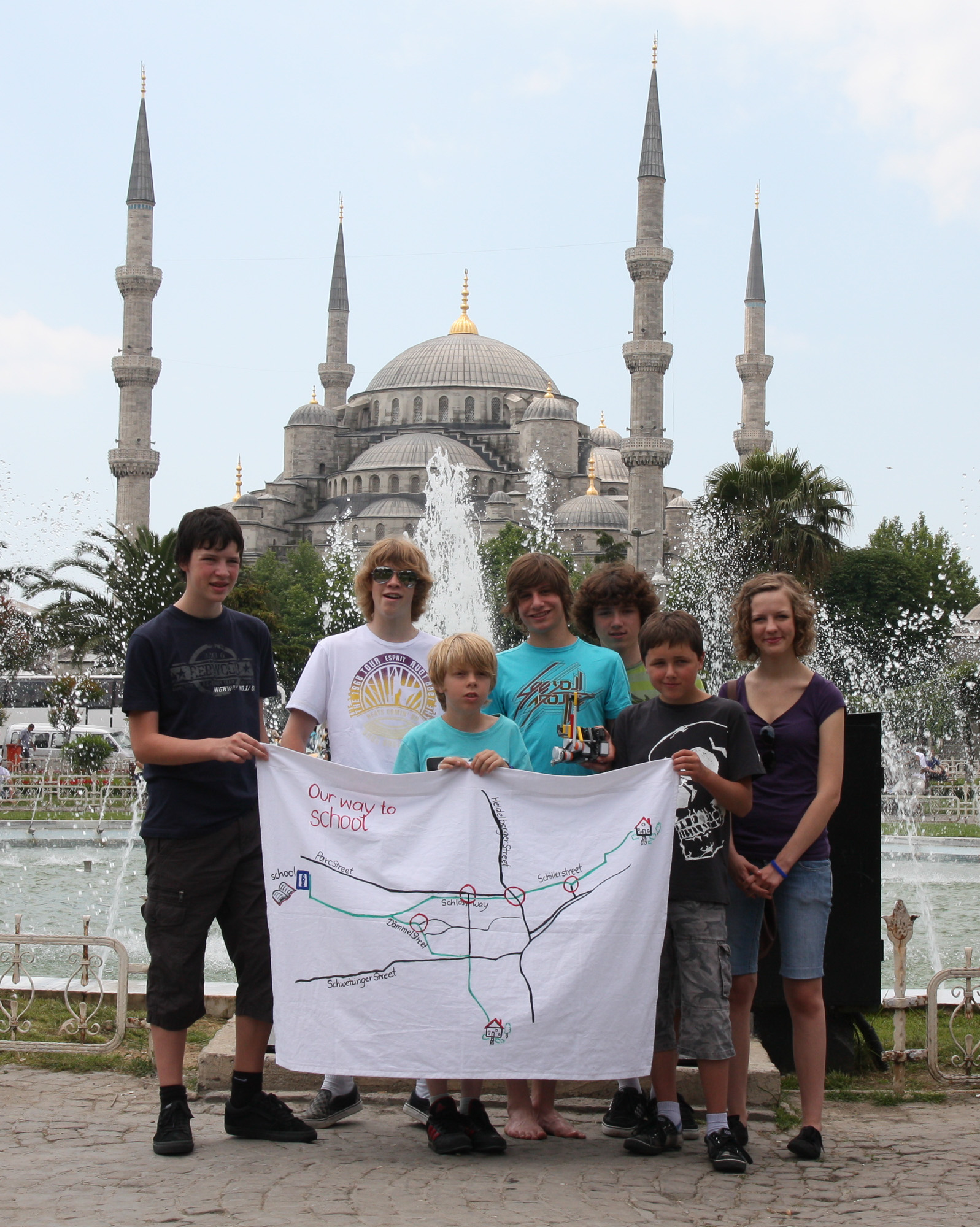
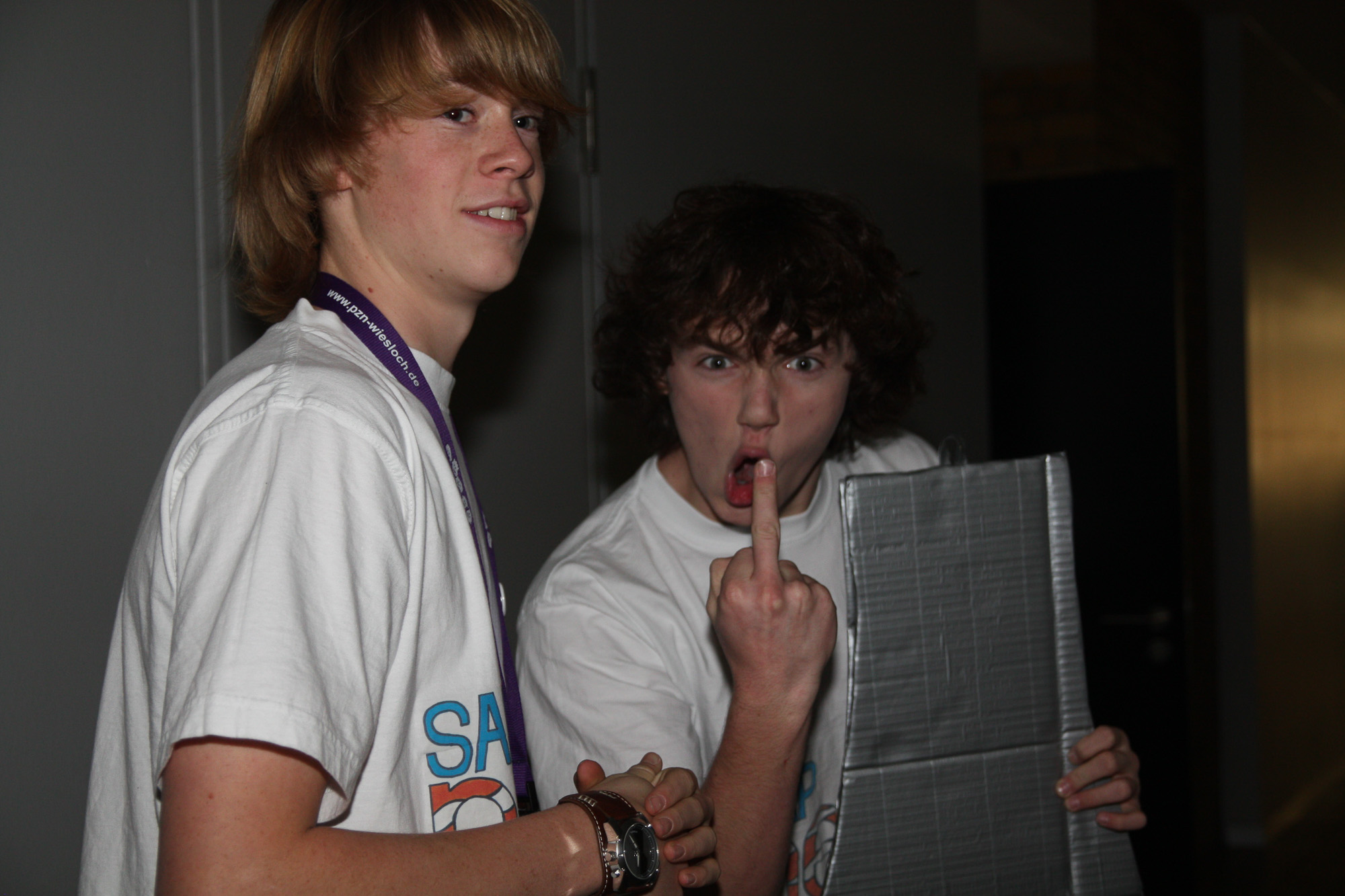
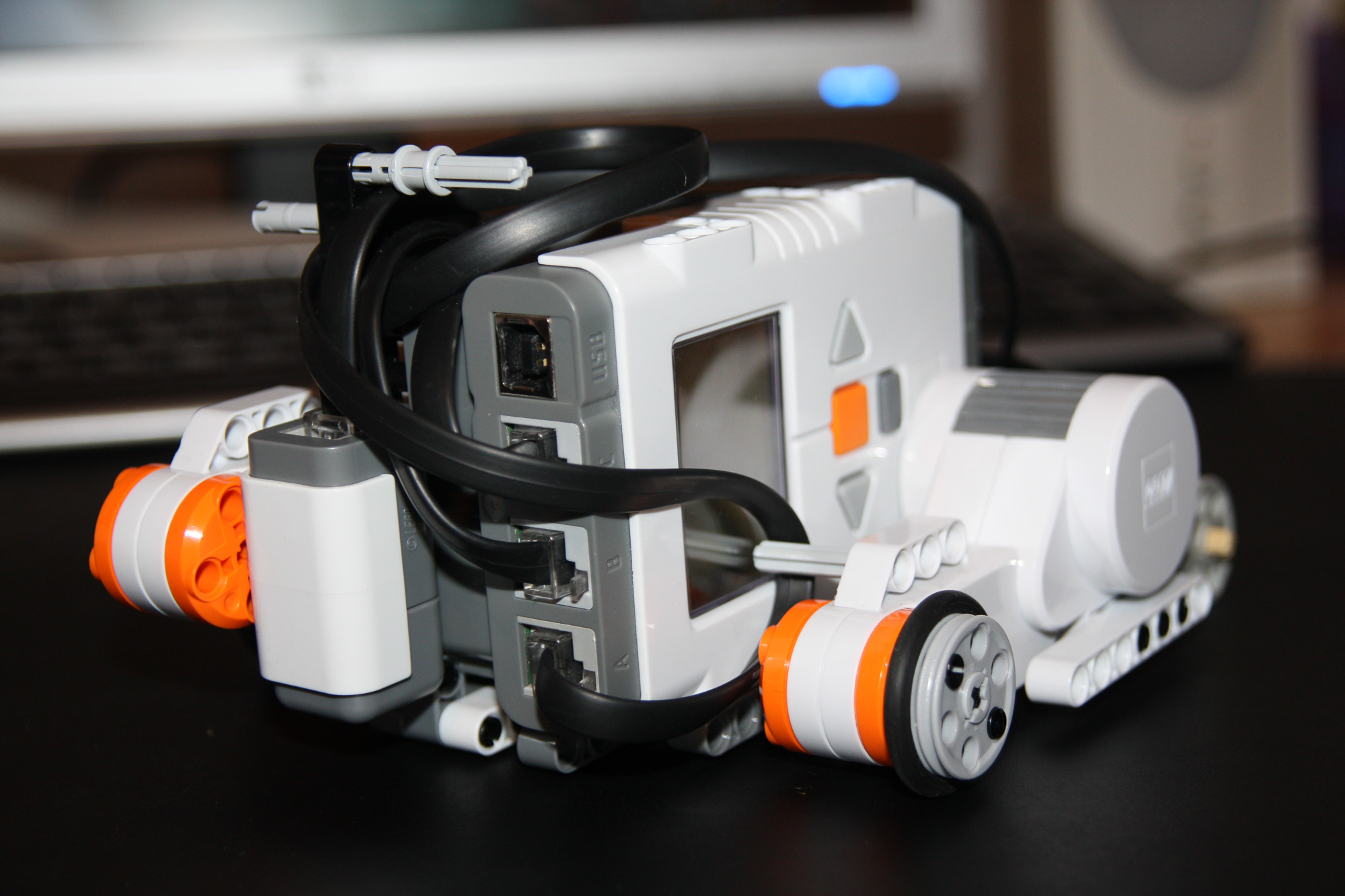
Photo Credit:
Adi Pleyer
Alan Rickayzen https://blogs.sap.com/2011/12/01/youd-better-watch-out-generation-fll-is-on-its-way-lego-rules/

Leave a Reply